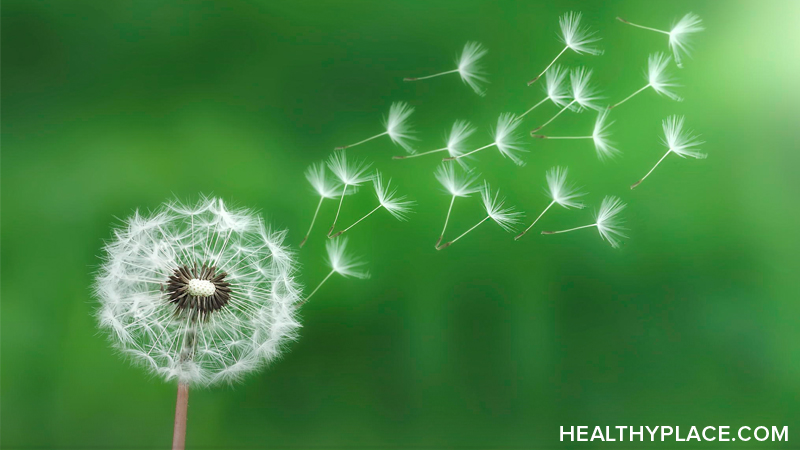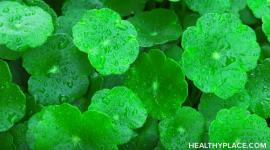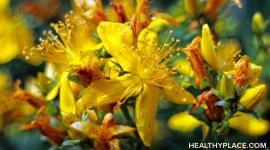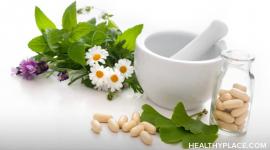Dandelion

Dandelion is an herbal remedy used as an appetite stimulant, digestive aid and natural diuretic. Learn about the usage, dosage, side-effects of Dandelion.
Botanical Name:Taraxacum officinale
Common Names:Dandelion
- Overview
- Plant Description
- Parts Used
- Medicinal Uses and Indications
- Available Forms
- How to Take It
- Precautions
- Possible Interactions
- Supporting Research
Overview
While many people think of the common dandelion (Taraxacum officinale) as a pesky weed, herbalists consider it a valuable herb with many culinary and medicinal uses. Dandelion is a rich source of vitamins A, B complex, C, and D, as well as minerals such as iron, potassium, and zinc. Its leaves are often used to add flavor to salads, sandwiches, and teas. The roots can be found in some coffee substitutes and the flowers are used to make certain wines.
In traditional medicine, dandelion roots and leaves have been used to treat liver problems. Native Americans also used dandelion decoctions to treat kidney disease, swelling, skin problems, heartburn, and stomach upset. Chinese medicinal practitioners traditionally used dandelion to treat digestive disorders, appendicitis, and breast problems (such as inflammation or lack of milk flow). In Europe, herbalists incorporated it into remedies for fever, boils, eye problems, diabetes, and diarrhea.
Natural Appetite Stimulant
Today, dandelion roots are primarily used as an appetite stimulant and digestive aid while dandelion leaves are used as a diuretic to stimulate the excretion of urine.
Plant Description
Hundreds of species of dandelion grow in the temperate regions of Europe, Asia, and North America. Dandelion is a hardy, variable perennial that can grow to a height of nearly 12 inches. Dandelions have deeply notched, toothy, spatula-like leaves that are shiny and hairless. Dandelion stems are capped by a head of bright yellow flowers. The grooved leaves funnel the flow of rainfall into the root.
Dandelion flowers are sensitive to light, so they open with the sun in the morning and close in the evening or during gloomy weather. The dark brown roots are fleshy and brittle and are filled with a white milky substance that is bitter and slightly odorous.
Parts Used
Dandelion leaves produce a diuretic effect while the roots act as an appetite stimulant and digestive aid.
Medicinal Uses and Indications
Dandelion is a natural diuretic that increases urine production by promoting the excretion of salts and water from the kidney. Dandelion may be used for a wide range of conditions requiring mild diuretic treatment such as poor digestion, liver disorders, and high blood pressure. One advantage of dandelion over other diuretics is that dandelion is a source of potassium, a nutrient often lost through the use of other natural and synthetic diuretics.
Fresh or dried dandelion herbs are also used as a mild appetite stimulant and to improve upset stomach (such as feelings of fullness, flatulence, and constipation). The root of the dandelion plant is believed to have mild laxative effects and is often used to improve digestion.
Some preliminary animal studies suggest that dandelion may help normalize blood sugar levels and improve lipid profiles (namely, lower total cholesterol and triglycerides while increasing HDL ["good"] cholesterol) in diabetic mice. However, not all animal studies have had the same positive effect on blood sugar. In addition, research needs to be conducted on people to know if this traditional use for diabetes (see Overview) has modern day merit.
Available Forms
Dandelion herbs and roots are available fresh or dried in a variety of forms including tinctures, prepared tea, or capsules.
How to Take It
Pediatric
To improve digestion, adjust the recommended adult dose to account for the child's weight. Most herbal dosages for adults are calculated on the basis of a 150 lb (70 kg) adult. Therefore, if the child weighs 50 lb (20 to 25 kg), the appropriate dose of dandelion for this child would be 1/3 of the adult dosage.
Adult
Dandelion may be used in a variety of available forms.
- Dried leaf infusion: 4 to 10 g three times a day
- Dried root decoction: 2 to 8 g three times a day
- Herb (stems and leaves): 4 to 10 g three times a day
- Leaf tincture (1:5) in 30% alcohol: 100 to 150 drops three times a day
- Powdered extract (4:1) leaf: 500 mg one to three times a day
- Powdered extract (4:1) root: 500 mg one to three times a day
- Root tincture (1:2) fresh root in 45% alcohol: 100 to 150 drops three times a day
Precautions
The use of herbs is a time-honored approach to strengthening the body and treating disease. Herbs, however, contain active substances that can trigger side effects and interact with other herbs, supplements, or medications. For these reasons, herbs should be taken with care, under the supervision of a practitioner knowledgeable in the field of botanical medicine.
Dandelion is generally considered safe. Some individuals, however, may develop an allergic reaction from touching dandelion, and others may develop mouth sores.
People with gall bladder problems and gallstones should consult a health care provider before eating dandelion.
Possible Interactions
If you are currently being treated with any of the following medications, you should not use dandelion preparations without first talking to your healthcare provider.
Dandelion and Lithium
Animal studies suggest that dandelion may worsen the side effects associated with lithium, a medication commonly used to treat manic depression.
Antibiotics, Quinolone
One species of dandelion, Taraxacum mongolicum, also called Chinese dandelion, may decrease the absorption of quinolone antibiotics (such as ciprofloxacin, ofloxacin, and levofloxacin) from the digestive tract. It is not known whether Taraxacum officinale, or common dandelion, would interact with these antibiotics in the same way. As a precaution, dandelion should not be taken at the same time as these antibiotics.
back to: Herbal Treatments Homepage
Supporting Research
Blumenthal M, Goldberg A, Brinckmann J. Herbal Medicine: Expanded Commission E Monographs. Newton, MA: Integrative Medicine Communications; 2002:78-83.
Brinker F. Herb Contraindications and Drug Interactions. 2nd ed. Sandy, Ore: Eclectic Medical; 1998:65-66.
Cho SY,Park JY, Park EM, et al. Alternation of hepatic antioxidant enzyme activities and lipid profile in streptozotocin-induced diabetic rats by supplementation of dandelion water extract. Clin Chim Acta. 2002;317(1-2):109-117.
Davies MG, Kersey PJ. Contact allergy to yarrow and dandelion. Contact Dermatitis. 1986;14 (ISS 4):256-7.
Foster S, Tyler VE. Tyler's Honest Herbal. 4th ed. New York: The Haworth Herbal Press; 1999:137-138.
Gruenwald J, Brendler T, Jaenicke C. PDR for Herbal Medicines. 2nd ed. Montvale, NJ: Medical Economics Company; 2000:245-246.
Mascolo N, et al. Biological screening of Italian medicinal plants for anti-inflammatory activity. Phytotherapy Res. 1987:28-29.
Miller L. Herbal Medicinals: Selected Clinical Considerations Focusing on Known or Potential Drug-Herb Interactions. Arch Intern Med. 1998;158:2200-2211.
Newall C, Anderson L, Phillipson J. Herbal Medicines: A Guide for Health-care Professionals. London, England: Pharmaceutical Press; 1996:96-97.
Petlevski R, Hadzija M, Slijepcevic M, Juretic D. Effect of 'antidiabetis' herbal preparation on serum glucose and fructosamine in NOD mice. J Ethnopharmacol. 2001;75(2-3):181-184.
Swanston-Flatt SK, Day C, Flatt PR, Gould BJ, Bailey CJ. Glycaemic effects of traditional European plant treatments for diabetes. Studies in normal and streptozotocin diabetic mice. Diabetes Res. 1989;10(2):69-73.
White L, Mavor S. Kids, Herbs, Health. Loveland, Colo: Interweave Press; 1998:22, 28.
back to: Herbal Treatments Homepage
APA Reference
Staff, H.
(2008, October 20). Dandelion, HealthyPlace. Retrieved
on 2025, December 17 from https://www.healthyplace.com/alternative-mental-health/herbal-treatments/dandelion



